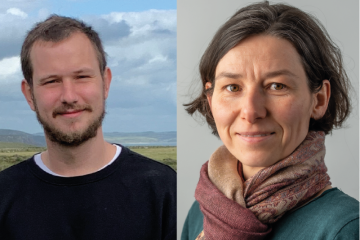PhD Studentship
Use of induced pluripotent stem cell derived cardiomyocytes to test the consequences of genetic variants in atrial and ventricular arrhythmias

At a glance
Completed
Award date
June 2020 - May 2023
Grant amount
£90,000 (Joint award with BHF)
Principal investigator
Dr Katja Gehmlich
Co-investigator(s)
Institute
University of Birmingham
Read the abstract
View the grant profile on GtR
NC3Rs gateway article
Read the methods on the NC3Rs Gateway
